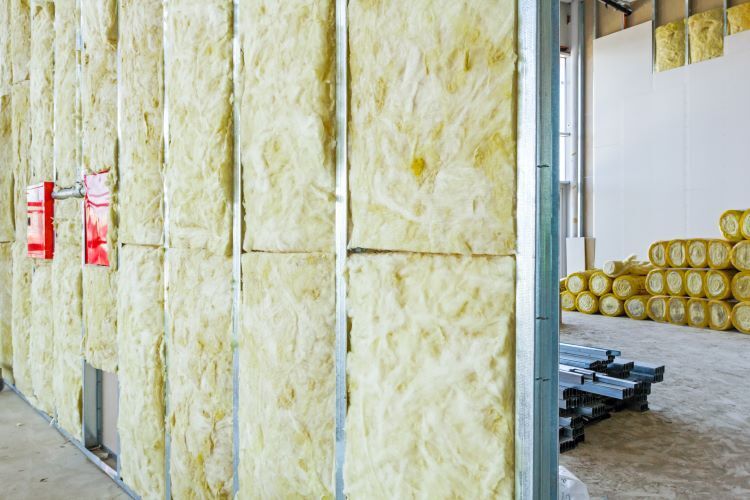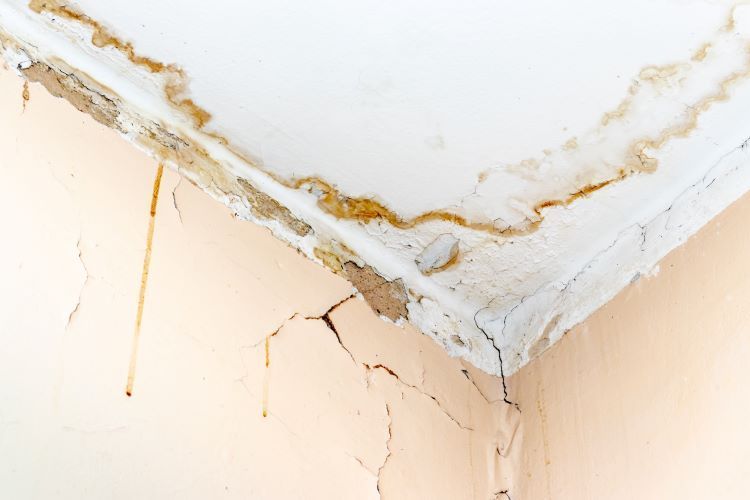Understanding Drywall Taping: A Crucial Step in Finishing

Drywall taping is an essential step in the process of finishing drywall and achieving smooth, seamless walls. Whether you're renovating your home or constructing a new building, understanding what drywall taping involves is key to achieving professional-quality results. In this guide, we'll explore the basics of drywall taping and what it entails.
What is Drywall Taping?
Drywall taping, also known as mudding and taping, is the process of applying joint compound (also called mud) and drywall tape to the seams between drywall panels to create a smooth, seamless surface. This process helps conceal the joints and screws or nails used to attach the drywall panels to the wall or ceiling, resulting in a uniform appearance.
The Drywall Taping Process:
- Preparation: Before beginning the taping process, ensure that the drywall panels are properly installed and secured to the wall or ceiling. Any gaps between the panels should be filled with joint compound, and all screws or nails should be countersunk slightly below the surface of the drywall.
- Applying Joint Compound: The first step in drywall taping is applying joint compound to the seams between the drywall panels. Using a taping knife, spread a thin layer of joint compound over the seam, covering it completely. Be sure to feather the edges of the compound to create a smooth transition between the seam and the surrounding wall.
- Embedding Drywall Tape: Once the joint compound is applied, press drywall tape firmly into the compound along the length of the seam. The tape helps reinforce the seam and prevents cracking. Use a taping knife to smooth out any air bubbles or wrinkles in the tape.
- Second Coat of Joint Compound: After the tape is applied, apply a second coat of joint compound over the tape, covering it completely and feathering the edges to blend with the surrounding wall. This coat helps further reinforce the seam and fill any gaps or imperfections.
- Finishing Coats: Depending on the desired finish, additional coats of joint compound may be applied to achieve a smooth, seamless surface. Each coat should be allowed to dry completely before applying the next coat. Sanding between coats can help achieve a smooth finish.
- Sanding and Finishing: Once the final coat of joint compound is dry, sand the surface lightly with fine-grit sandpaper to smooth out any imperfections. Prime the surface and apply paint or texture as desired to finish the wall.
Why Choose Windsor Drywallers?
At Windsor Drywallers, we understand the importance of quality craftsmanship and attention to detail in every drywall project. Our team of experienced professionals is dedicated to providing exceptional drywall taping services, ensuring that your walls are smooth, seamless, and ready for finishing. Whether you're remodeling your home or completing a new construction project, you can trust Windsor Drywallers for reliable, high-quality drywall taping services.
You might also like


